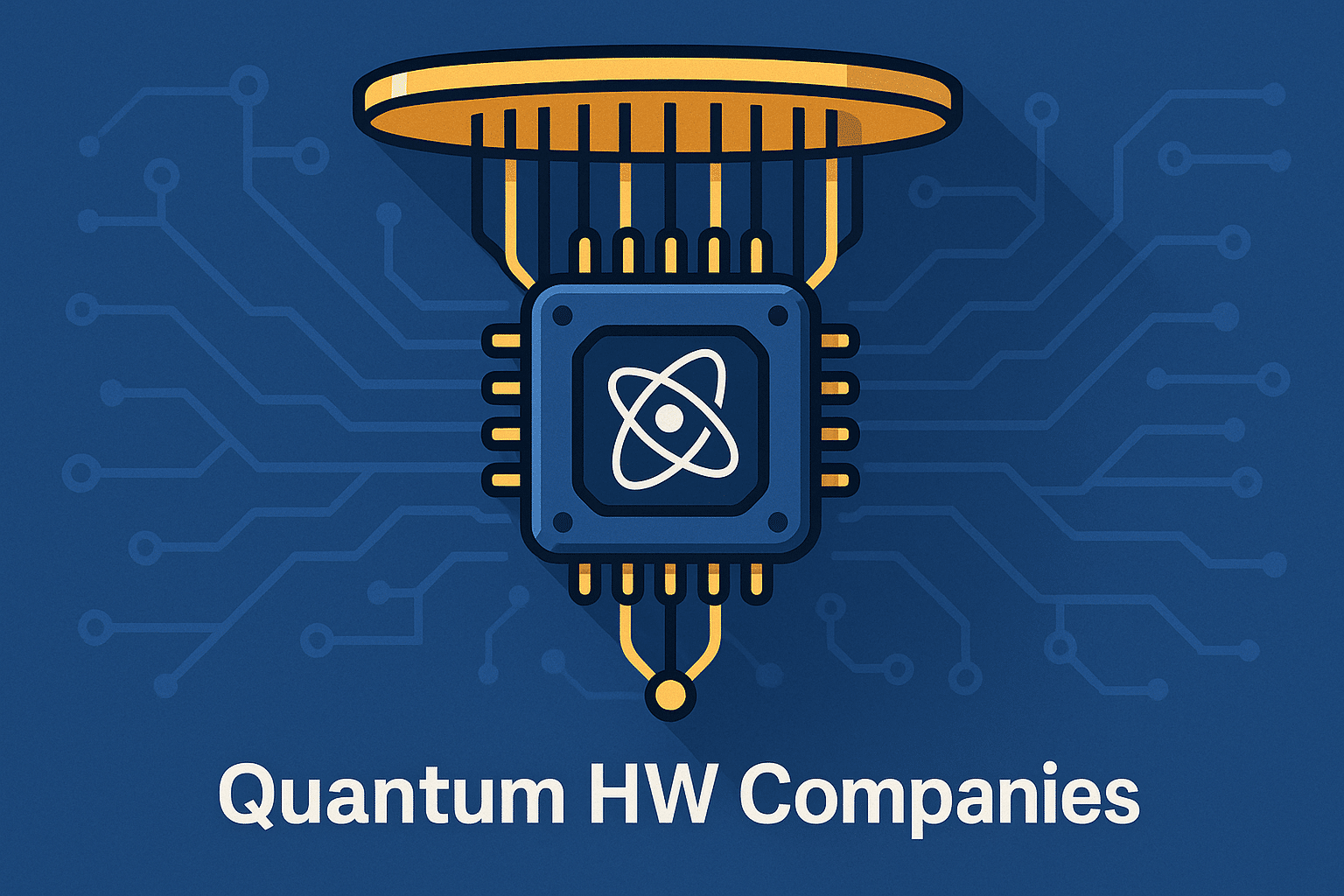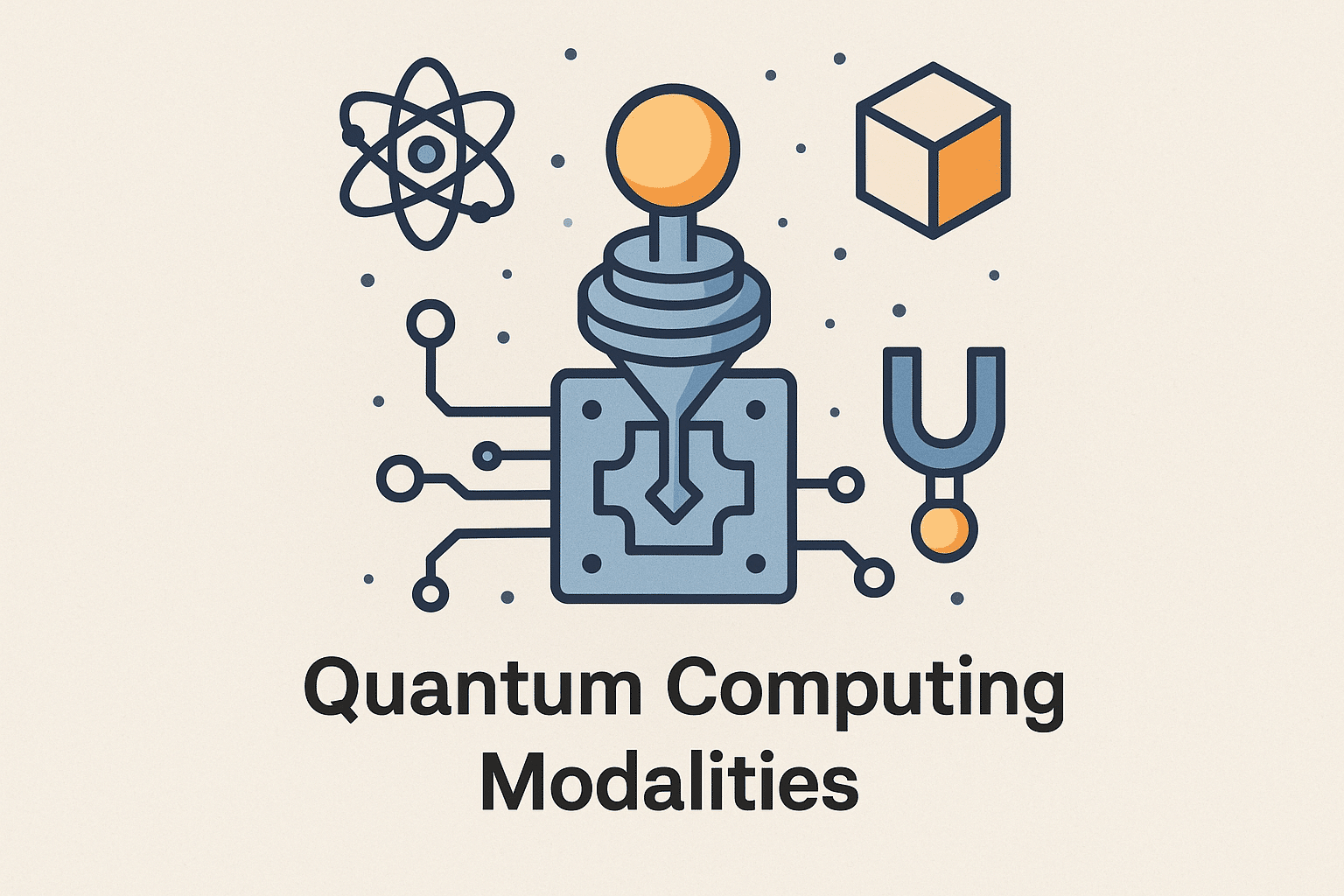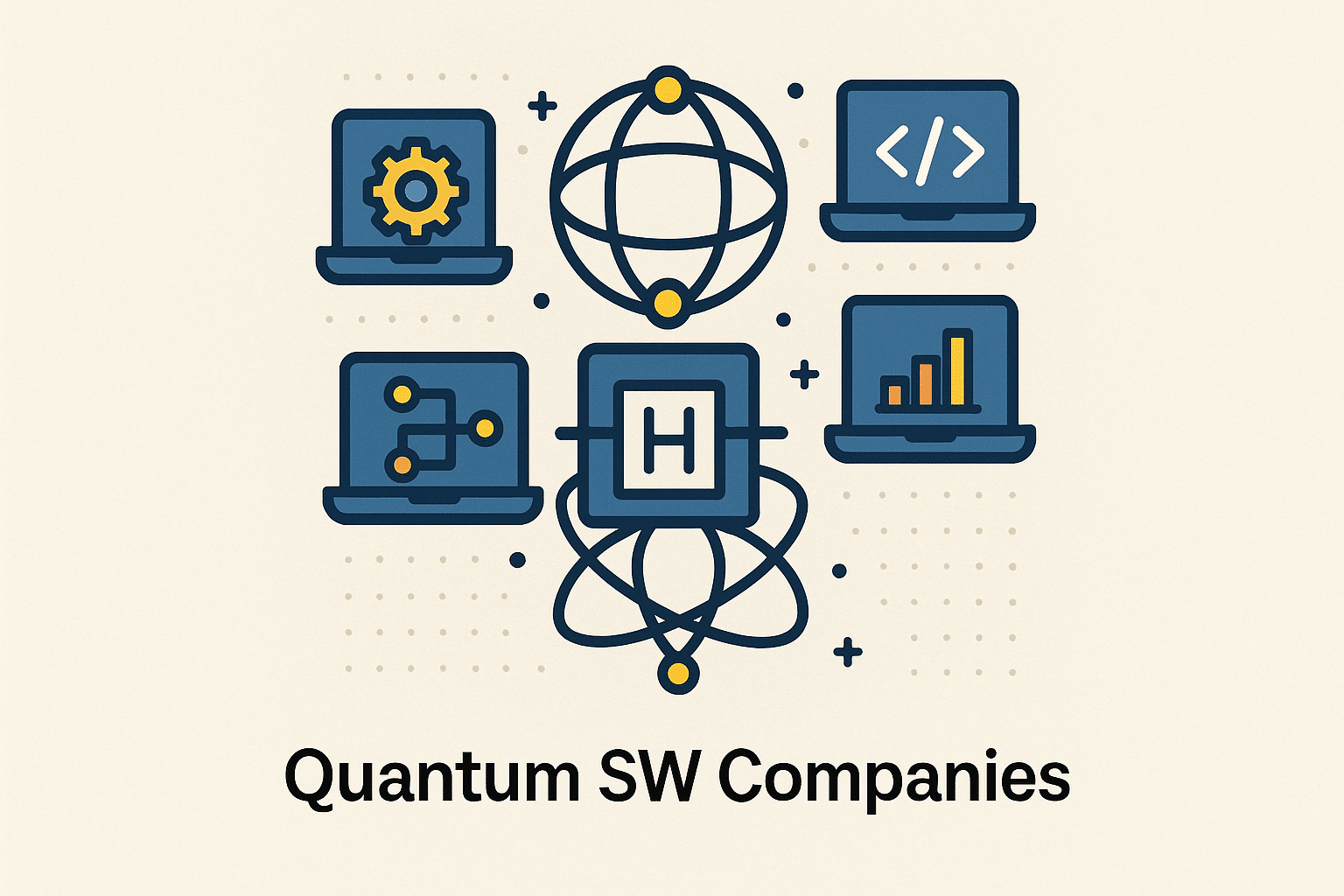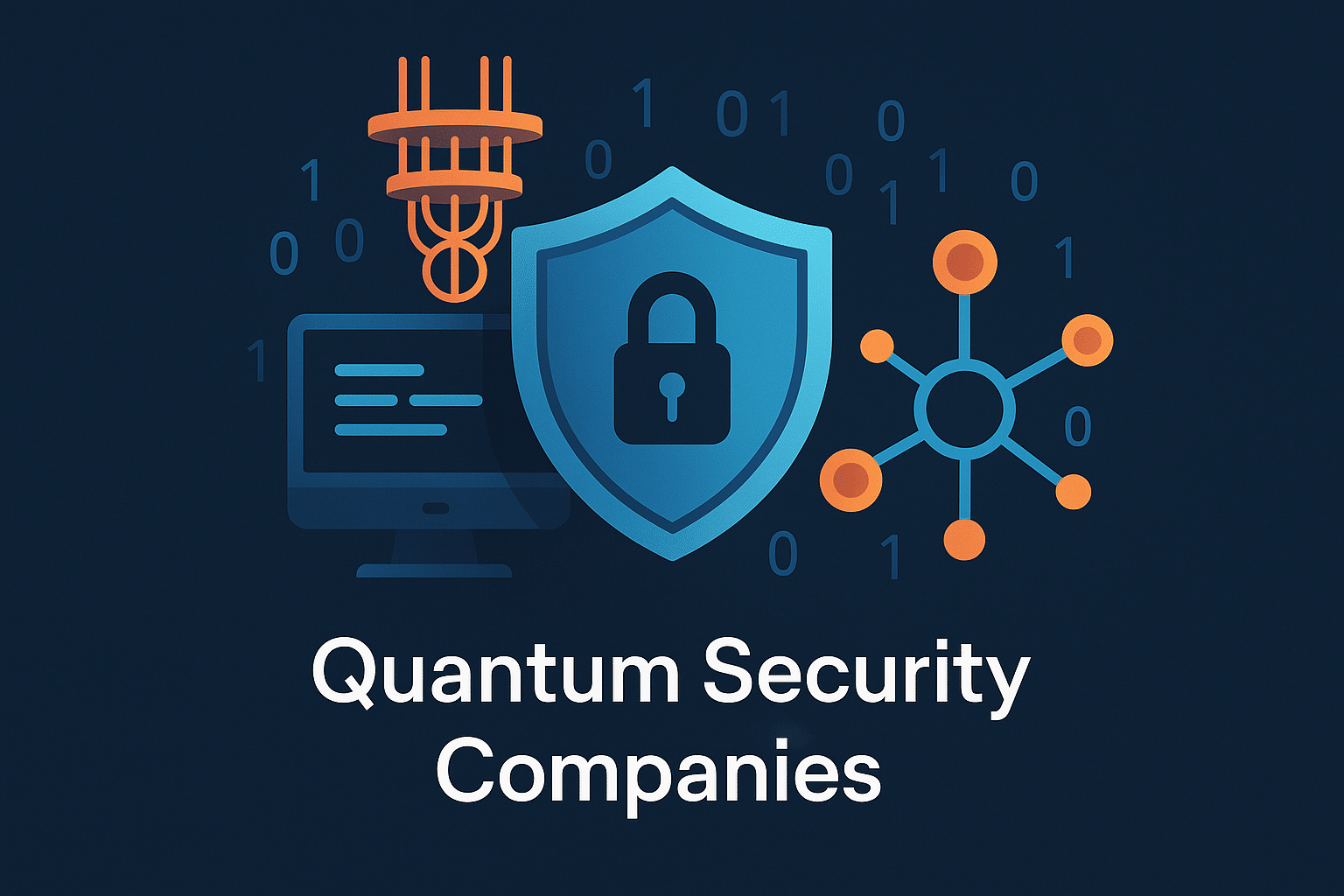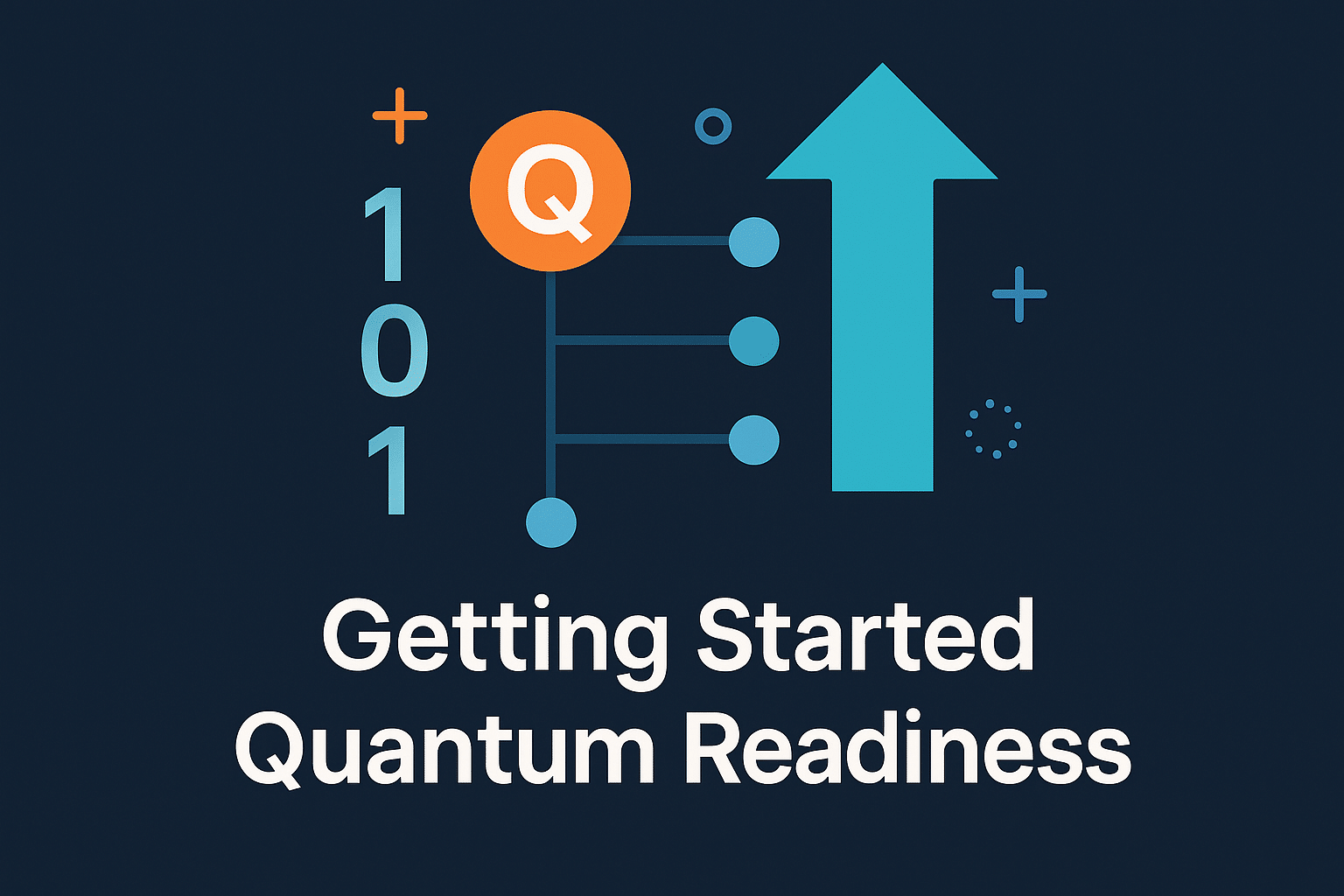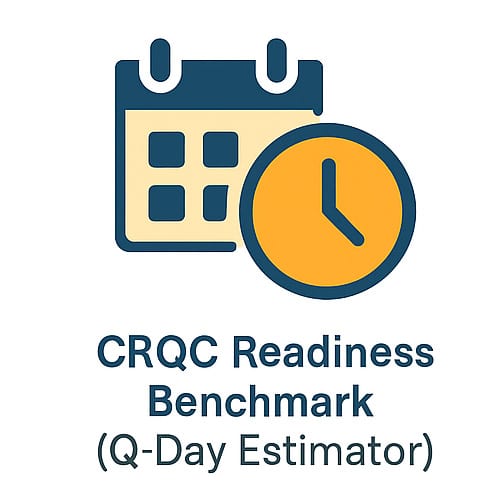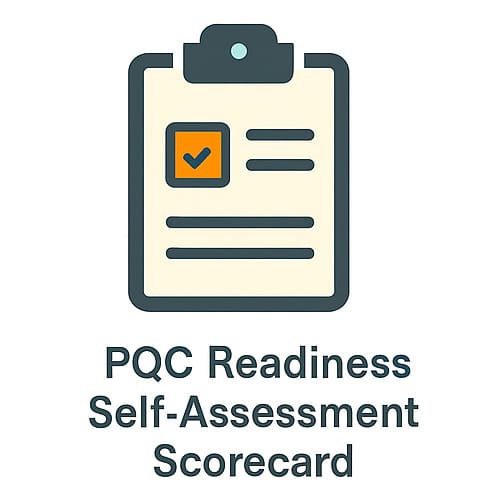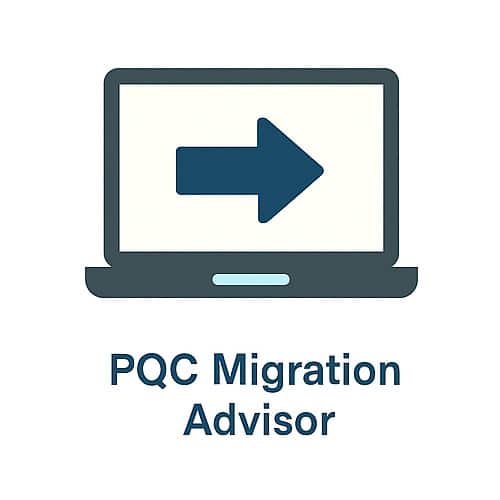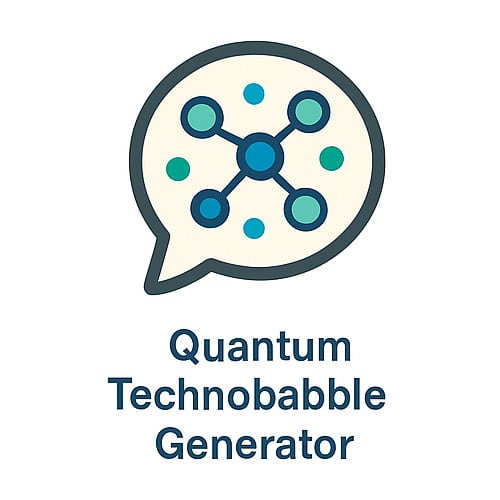Quantum Hardware Companies and Roadmaps Comparison
With so many quantum hardware roadmaps landing recently, I’ve updated my running comparison of the vendors – what they build, how they plan to reach fault tolerance, and, most importantly, how relevant each approach is to a cryptographically relevant quantum computer (CRQC) and whether they can actually deliver on time.
Recent roadmap refreshes from major labs and startups point to late‑2020s and early‑2030s milestones and a clear shift from “NISQ experiments” to engineering for scale. Representative examples include IBM’s extended roadmap toward large‑scale systems, Google’s milestone‑based path to an error‑corrected machine, and photonic programs that lean on semiconductor‑foundry techniques. Together with fresh results in error correction, this feels like a new phase for the field.
This page looks at each hardware effort through a CRQC lens – machines with enough high‑fidelity logical qubits, runtime, and algorithmic stack to put RSA/ECC at risk. For defenders, that’s the only timeline that really matters, because it drives when data‑at‑risk must be re‑protected. If you want a quantitative sense of timing, you can on your own cross‑reference vendor claims with resource estimates and with my CRQC Readiness Benchmark & Q‑Day Estimator: https://postquantum.com/crqc-readiness-benchmark-q-day-estimator/. In parallel, remember the defensive track is already live: NIST finalized the first PQC standards in 2024, so crypto‑agile migration should not wait for any single vendor’s roadmap to pan out.








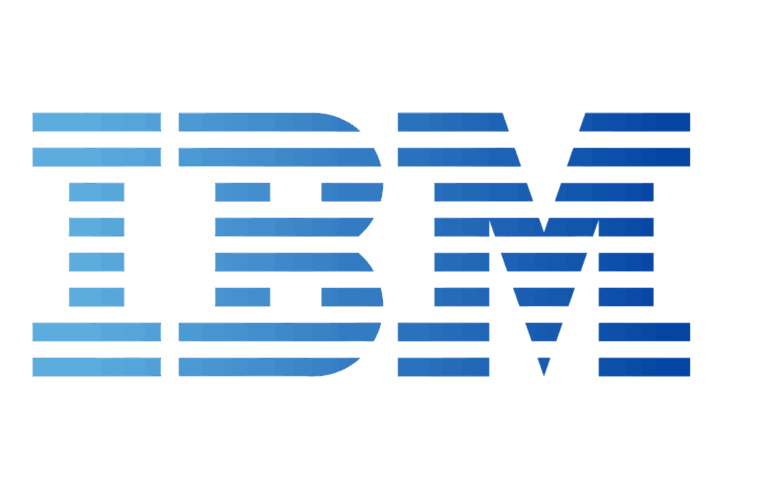



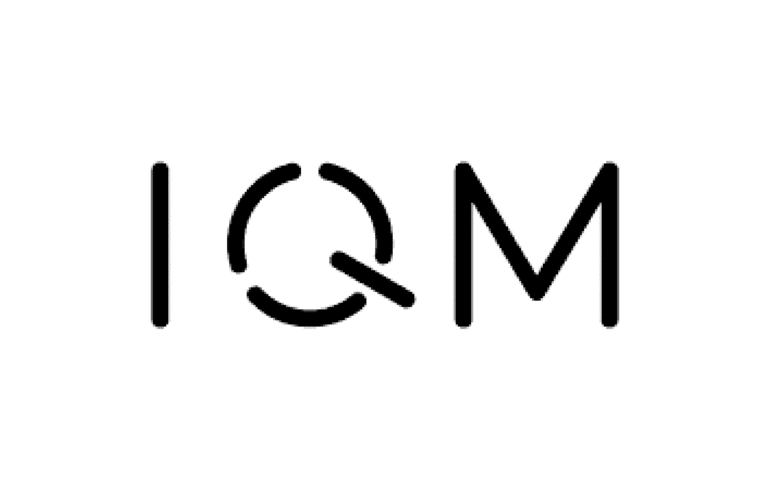


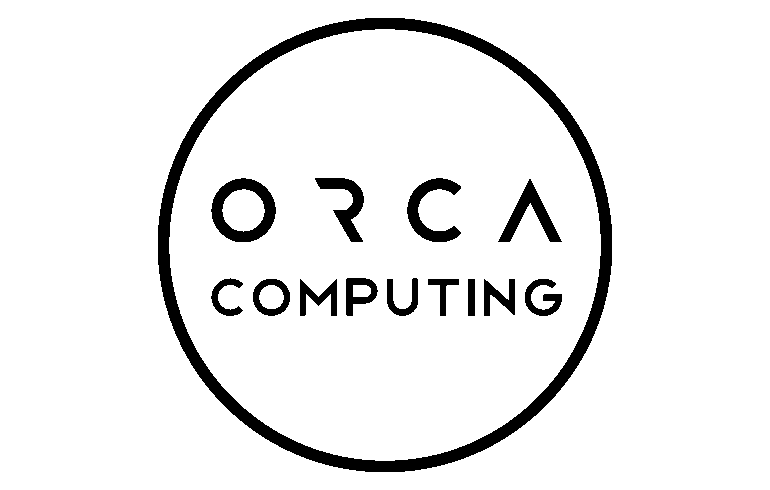




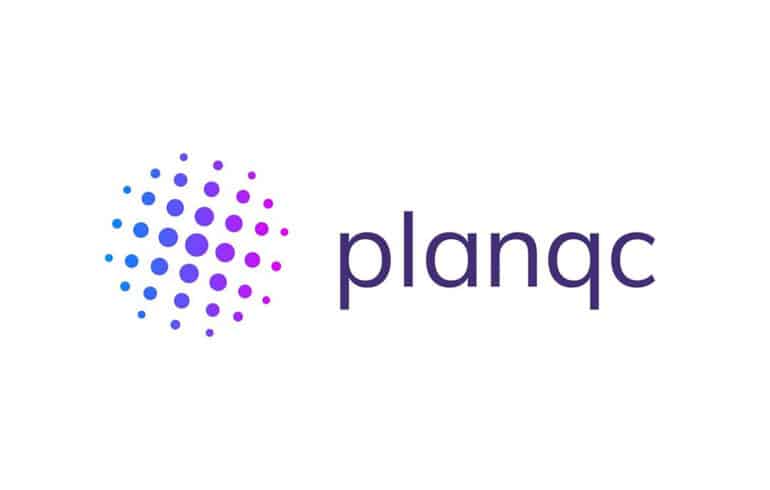




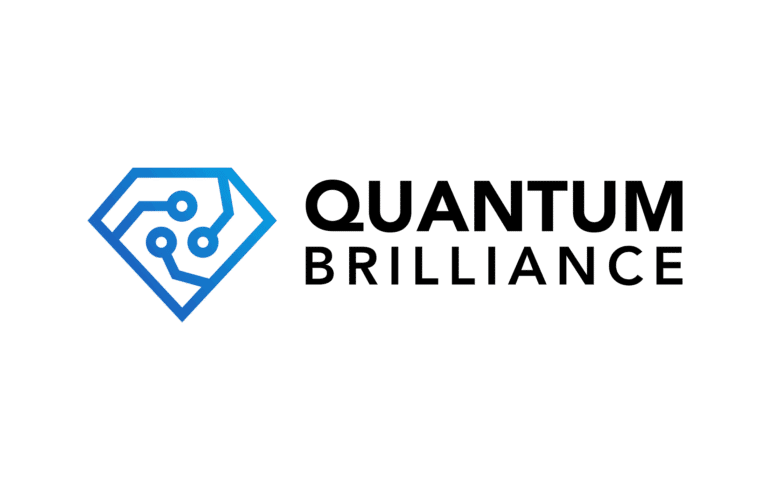




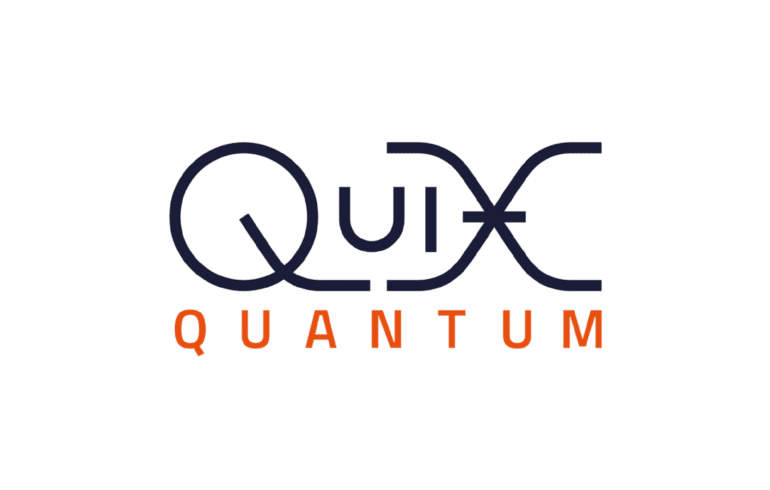


What really counts for CRQC isn’t raw physical‑qubit numbers – it’s the credibility of the error‑correction path and the manufacturability of the full stack: code choice (surface, LDPC, bosonic/GKP), thresholds and physical error rates, logical‑to‑physical overhead, connectivity and gate speeds, classical/cryo control, packaging, and foundry readiness. On resources, treat today’s numbers as scenario bounds, not destiny: a widely cited 2019 analysis estimated ~20 million noisy physical qubits to factor RSA‑2048 in ~8 hours; a 2025 update—under specific architectural and error‑rate assumptions—argues that fewer than one million noisy qubits could do the job in under a week, trading space for time. The trend line is moving against legacy public‑key crypto even before perfect hardware arrives.
Because track record predicts delivery more than slideware, I weight recent execution heavily: on‑time hits against past roadmaps; peer‑reviewed progress toward below‑threshold operation and logical‑qubit performance; transparent metrics; third‑party replication; and partnerships that change scale economics (e.g., foundry, control electronics, cryogenics). For context, we now have public evidence of below‑threshold surface‑code operation (including distance‑7) and ongoing improvements in decoding – encouraging signals, though still far from the sustained logical‑qubit fleets a CRQC would require.
How to read and use this comparison
Filters: Use the filter panel to slice the vendor set by Modality (e.g., neutral atom, photonic, superconducting, silicon spin, annealing, cat qubits), Country, and Track Record. You can also toggle Recent Roadmap Publication and choose AND/OR logic before applying Filter or Reset. This helps you compare like‑with‑like and surface credible contenders within a modality. (Companies with recent published roadmaps are also marked with a green border in the list below.)
Company write‑ups: Each vendor profile follows the same structure: Introduction → Milestones & Roadmap → Focus on Fault Tolerance → CRQC Implications → Modality & Strengths/Trade‑offs → Track Record → Challenges → Summary. Skim the intro, then jump straight to CRQC Implications for risk‑timing takeaways; use Track Record to sanity‑check claims against past delivery.
Context notes: Photonic efforts anchored in established fabs (e.g., foundry‑manufacturable chipsets) may scale differently from bespoke cryogenic stacks; your risk model should reflect the industrialization path, not just device physics.
(Scope note: I pay extra attention to recently updated roadmaps, because these reflect the latest algorithmic/resource insights and engineering realities. The goal is not to pick winners, but to calibrate cryptographic risk and execution risk as inputs into your PQC timeline and dependency management.)
(Disclaimer: Track‑record assessments and roadmap credibility judgments are my personal views based on publicly available information as of publication. Nothing here is investment, legal, or financial advice.)
